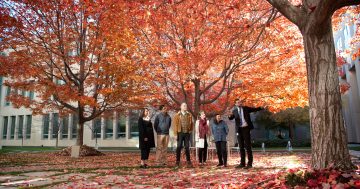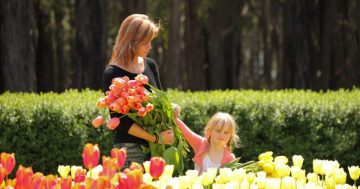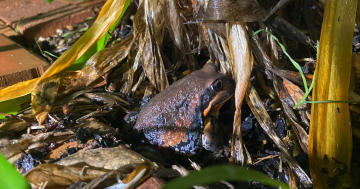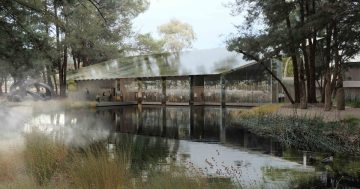
Click here for caption. Photo: Supplied
An international meeting of Botanic Gardens managers has learnt that up to a quarter of the plants being grown in their gardens are not expected to survive global warming.
Held in Victoria, the world’s first Botanic Gardens Climate Change Summit was presented with a comprehensive analysis of its collections by the Royal Botanic Gardens Victoria (RBGV).
The analysis showed that at least 26 per cent of the species will be put at risk with the climate conditions predicted for Melbourne over coming decades.
The representatives of 13 botanical organisations from around the world agreed to form an alliance to share their expertise, strengthen leadership and develop responses to the impacts of climate change on plants and plant landscapes.
They signed a declaration that they would work as an alliance to “safeguard life by protecting landscapes”.
Director and Chief Executive of RBGV, Tim Entwisle said botanic gardens needed to be part of a combined community and Government commitment to respond to climate change right now.
“Climate change is a threat to plants and to people,” Professor Entwisle said.
“Already it is changing what we can grow in our botanic gardens, streets and parks, and increasingly it will change our world.
“A tree planted now must survive the climate in 70 years, as well as today.”
He said it the responsibility of botanic garden agencies to adapt their gardens to the now unavoidable changes in climate.
“We are obliged to review what we grow, adapt our cultural landscapes with care and responsibility, and in some cases grow new plants and learn new horticultural techniques,” Professor Entwisle said.
He said sticking their heads in the sand was not an option.
“We can’t just hope that this venerable old garden will survive as it is, or that our stunning Australian Garden at Cranbourne will keep supporting the same plants,” he said.
“If our botanic gardens are to do what we want them to do – to change the world, to connect people to nature, to inspire and transform – we must plan for the succession of our landscape.”











